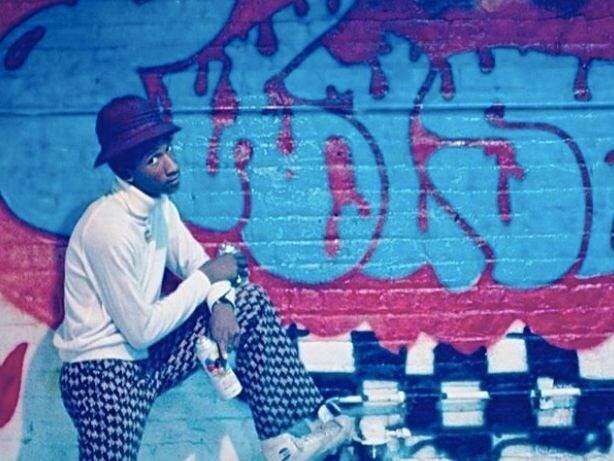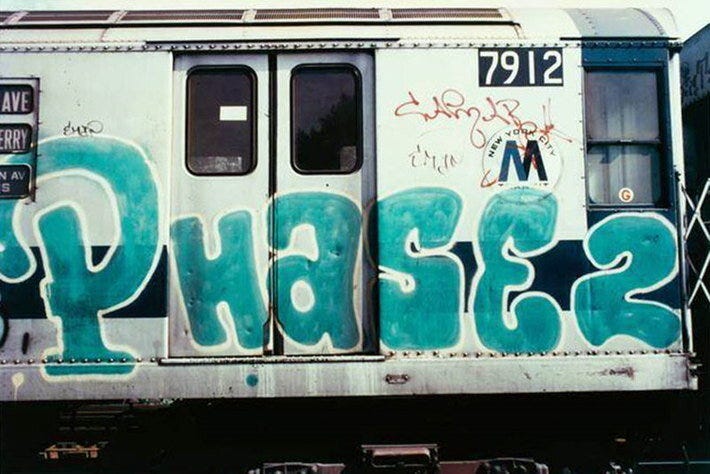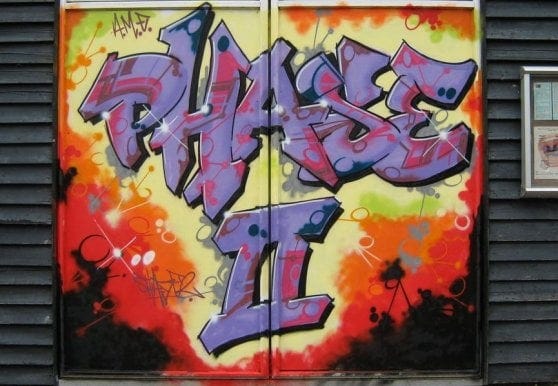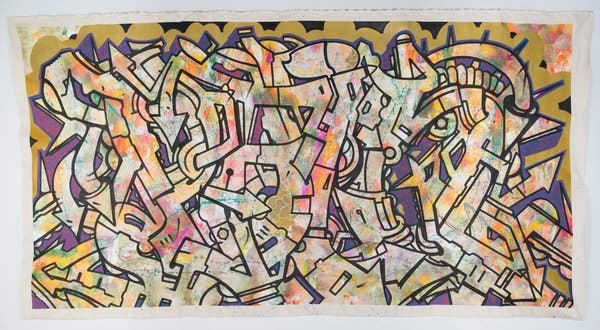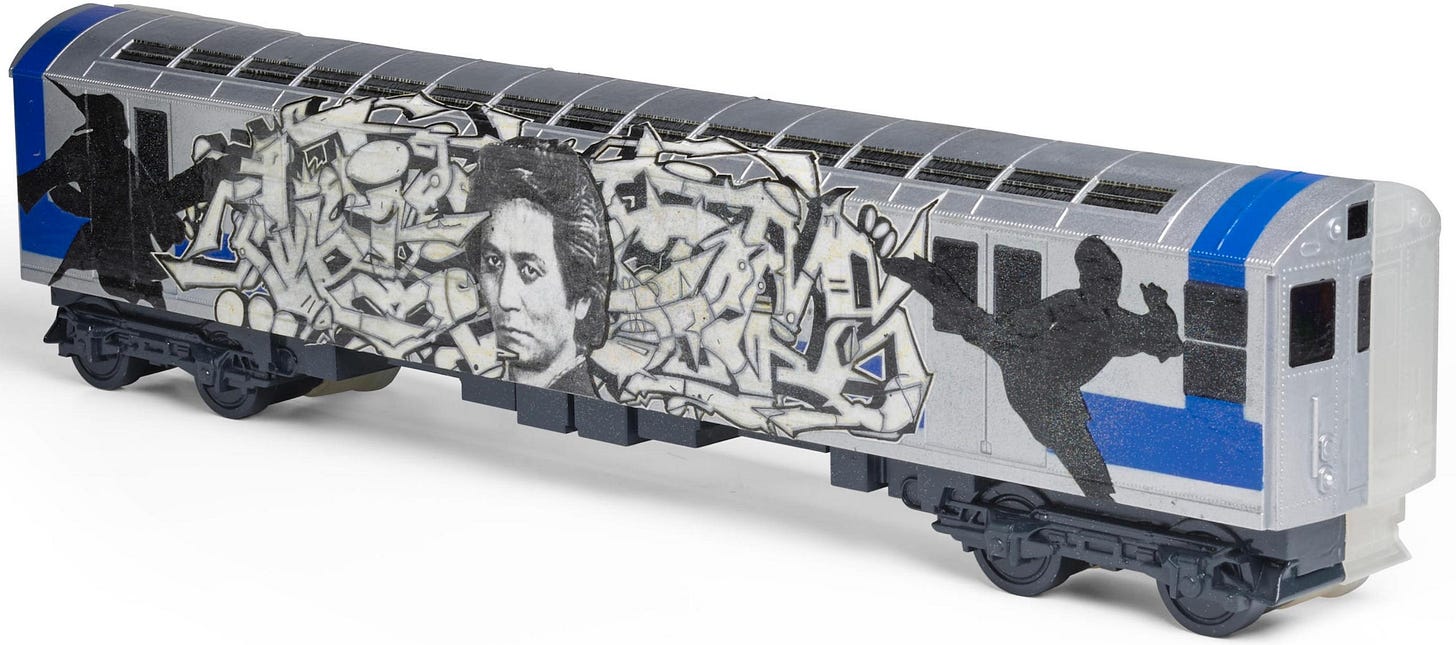Wildstyle Pioneer: How Phase 2 Shaped the Art of Graffiti
Phase 2, born Lonny Wood in 1958, is widely regarded as one of the most significant figures in the history of graffiti art, particularly known for his innovative approach to graffiti lettering in the 1970s. Emerging from the Bronx, Phase 2 helped redefine the art form, contributing to the development of what would later be recognized as modern street art. His work not only influenced the visual culture of New York City but also left an indelible mark on graffiti as a whole. Phase 2 was pivotal in transforming graffiti from a rebellious urban phenomenon to a complex form of artistic expression, known for its distinctive styles and deep cultural resonance.
Phase 2 grew up in the South Bronx, a neighborhood that would later become the epicenter of the hip-hop and graffiti movements in the 1970s. The Bronx, in particular, was experiencing socioeconomic decline, which many artists, including Phase 2, used as a canvas for self-expression and social commentary. In the early 1970s, graffiti was still in its infancy, often characterized by simple tags and basic lettering. However, Phase 2’s work was notable for its distinctive, stylized lettering, which stood out from the more utilitarian forms of graffiti common at the time. He was heavily influenced by the growing hip-hop culture, particularly breakdancing and DJing, which shared a similar ethos of creative self-expression through improvisation and innovation (Ganz 21).
Phase 2 was also influenced by calligraphy and the evolving letter forms used by other graffiti artists, such as TAKI 183 and CORNBREAD, who pioneered the tagging culture. As graffiti writing began to shift from simple tagging to more complex works, Phase 2’s contributions laid the groundwork for this transformation. He created intricate, three-dimensional letters that emphasized fluidity, boldness, and style, which made his work immediately recognizable (Cooper and Chalfant 48).
Phase 2 is most famously known for his contributions to the development of graffiti lettering, which he radically transformed during the 1970s. His style was marked by highly stylized, curved letters that often appeared three-dimensional. This transformation helped elevate graffiti beyond its status as a form of vandalism, giving it an aesthetic and cultural legitimacy that resonated with both artists and the broader community (Gastman and Neelon 97). One of the key features of Phase 2's work was his ability to merge form and function, turning the act of writing into an art form in its own right. His letters were not only visually dynamic but also embodied the unique cultural and social environment from which they emerged.
The development of "wildstyle," a term that would later become synonymous with complex graffiti lettering, is often attributed to Phase 2’s innovations. This style employed interlocking letters and arrows that intertwined, creating a sense of movement and depth within the compositions. These letters often became so intricate that they were almost unreadable to the untrained eye, allowing the artist to push the boundaries of what could be communicated through letters alone (Ganz 27).
Phase 2’s contributions to graffiti were not limited to his technical innovations in lettering. He also played a crucial role in shaping the philosophy behind the art form, promoting the idea of graffiti as a means of self-expression rather than mere vandalism. His work, along with that of other pioneers like Dondi, Seen, and Zephyr, helped to establish graffiti as a legitimate form of artistic expression. The graffiti culture they helped to create would influence later generations of street artists, such as Jean-Michel Basquiat and Keith Haring, and would ultimately contribute to the legitimization of street art in the gallery and museum worlds (Gastman and Neelon 102).
Through his work, Phase 2 also drew attention to the marginalized communities of the Bronx, using graffiti as a way to represent the voices of those often excluded from mainstream culture. His visual language was deeply rooted in the urban environment, drawing inspiration from the architecture, subways, and visual culture of New York City. Phase 2’s work reflected the complex cultural landscape of the time, from the sense of rebellion and resistance to the beauty of the urban environment (Cooper and Chalfant 52).
Phase 2’s impact on the world of graffiti and street art cannot be overstated. He is frequently cited as one of the early pioneers of the art form, and his innovations in lettering continue to influence contemporary street artists today. His work has been featured in numerous exhibitions, including those at the Museum of the City of New York and the Brooklyn Museum, showcasing the important role of graffiti in the larger history of American art (Ganz 41). As a central figure in the development of urban art, Phase 2 remains an iconic figure whose contributions to the cultural and artistic landscape of New York City continue to be celebrated and studied.
Phase 2’s legacy as a pioneer of graffiti art is firmly established through his groundbreaking contributions to the evolution of graffiti lettering. His ability to transform the act of writing into an art form helped pave the way for the legitimacy of graffiti in the fine art world. Beyond his technical achievements, Phase 2’s influence can be seen in the ways that graffiti has become a global language of rebellion, self-expression, and cultural pride. His work not only captured the spirit of the South Bronx but also helped to define the visual language of urban America.
References:
Cooper, Martha, and Henry Chalfant. Subway Art. Henry Holt and Company, 1984.
Ganz, Nicholas. Graffiti World: Street Art from Five Continents. Taschen, 2004.
Gastman, Roger, and Caleb Neelon. The History of American Graffiti. HarperCollins, 2010.




